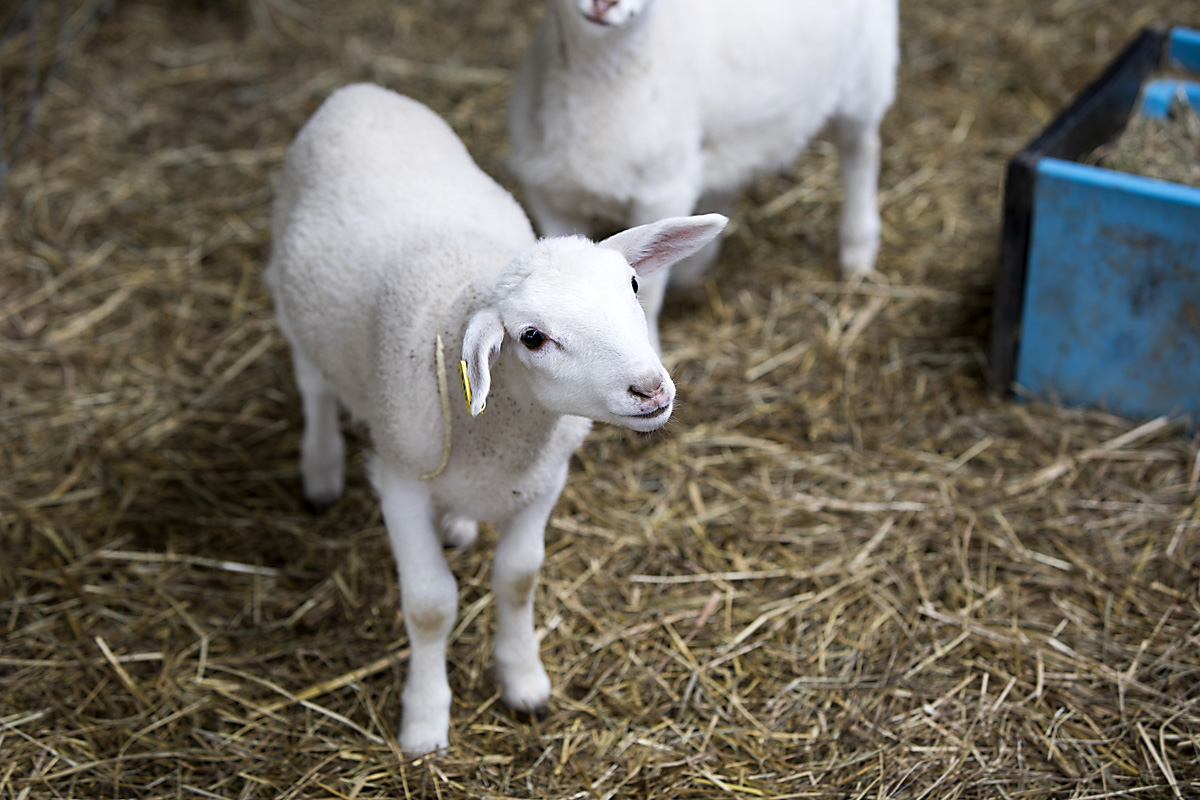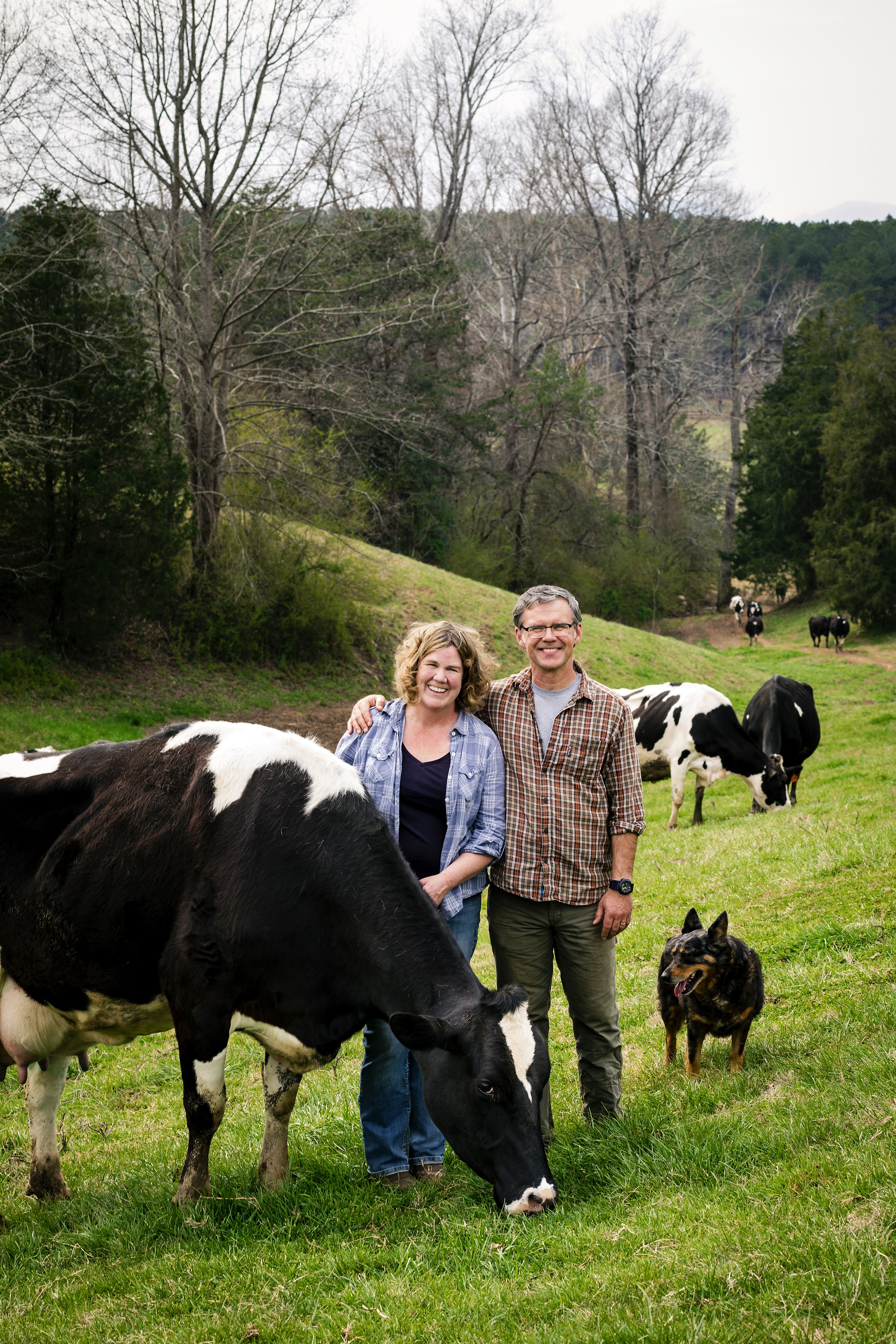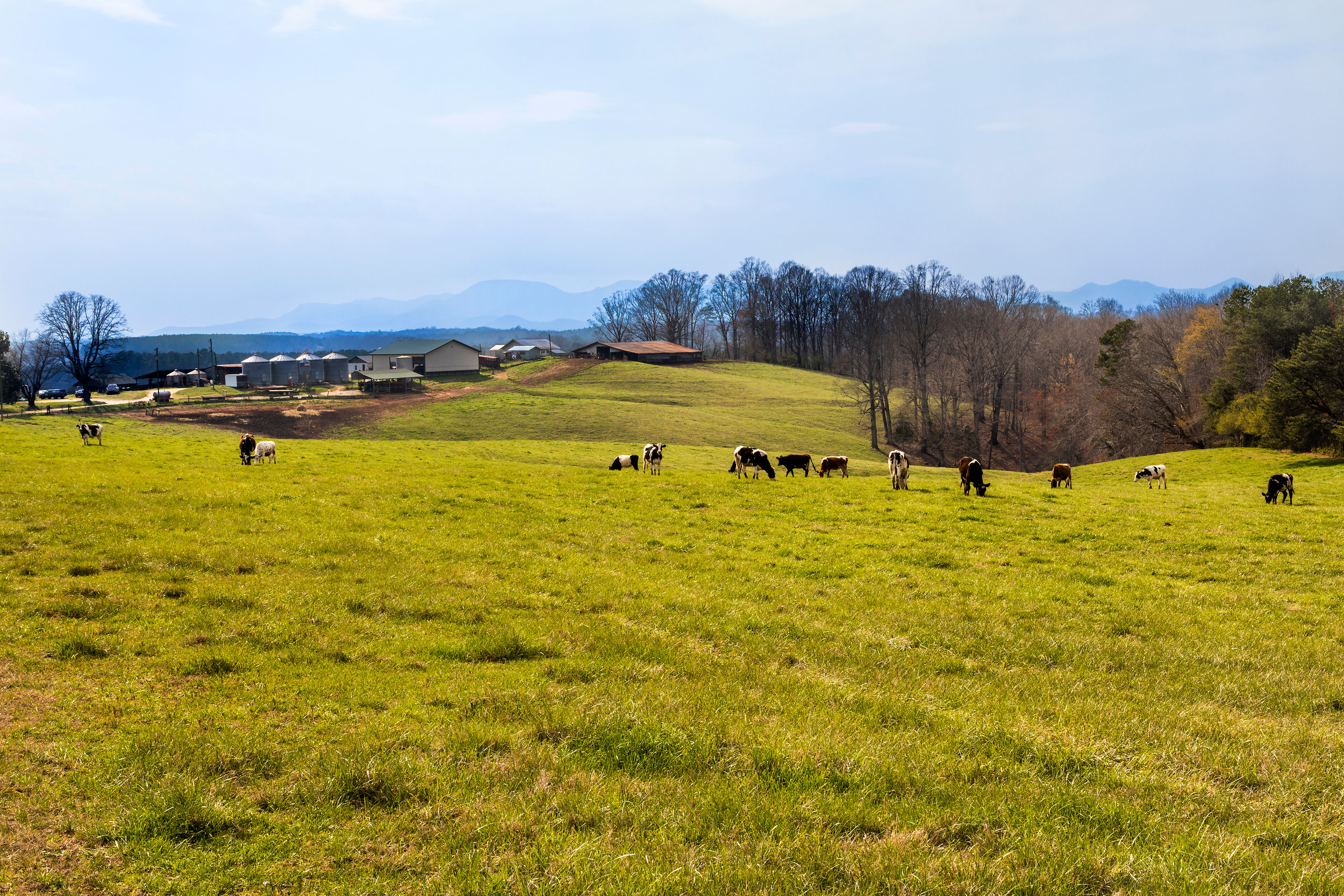When it’s done right, food photography is primal. You see the garden fresh vegetables with colors bursting and something clicks in your mind. Or maybe it’s a golden pour of bourbon. Or a platter of barbecue so intense-looking you can smell smoke.
Food photography also puts you in touch with the right people (i.e. the ones who can feed well.) They’re inevitably the ones doing the most interesting work, especially here in Western North Carolina.
Since moving here, photographer Erin Adams has helped tell the visual story of the region’s radical rise of food culture. She provides professional photography for restaurants’ social media, websites, and advertising. Her images capture the nuances and textures and vibe: both the restaurateurs serving local farm fresh ingredients and the chefs and farmers and homesteaders behind it all. She’s also been promoting the whole farm to table tourism sector that’s rapidly developing around our community.
It’s the kind of work that couldn’t come from someone who didn’t truly support local food culture. As someone who lives close to Fairview, Erin’s own personal cooking is a reflection of her time with all the family farmers in the area.
We asked Erin to highlight some of the people and businesses she’s most excited to work with and share with visitors.
ASAP, short for the Appalachian Sustainable Agriculture Project, helps “local farms thrive by linking farmers to markets and supporters, and building healthy communities through connections to local food. They’re a great resource for organizing visits to local Asheville area and Western North Carolina farms.
East Fork Farms is a small family farm in Madison County, NC with a gristmill for stone ground corn, pastured poultry, and grass fed lamb. They have several cottages available for a truly unique stay in WNC, as well as an apprenticeship program for people wanting to learn about organic farming firsthand.
Most Americans don’t know the story of our National Mammal, the Plains Bison. Once the most numerous herd on earth, Bison were slaughtered almost to extinction in the late 1800’s, even though their meat far more nutritious than beef. Based in Leicester, Dr. King’s Bison Farm is a great place to come visit and learn about this iconic animal as well as other animals, including elk, camels, yak, and Whitetail deer.
Ashley English is among the leading figures in the Asheville and Western North Carolina homesteading community. She’s the author of the, Homemade Living book series (Lark Books) which “showcase a variety of topics related to small-scale homesteading, as well as A Year of Pies, Handmade Gatherings: Recipes and Crafts for Seasonal Celebrations & Potluck Parties, and Quench: Handcrafted Beverages To Satisfy Every Taste and Occasion.
For those wanting an amazing local food experience, The Farmer’s Hands is both a cooking school and dinner club run by real deal homesteaders Sebastiaan and Ariel Zijp.
Flying cloud farm in Fairview has one of the most classic spots in WNC: a true roadside vegetable stand that’s all on the honor system (leave cash or check). Flying Cloud grows berries, veggies, and flowers all with sustainable farming practices. They also have an amazing CSA.
Right down the road from Flying Cloud, Hickory Nut Gap is a WNC institution for their grass-fed meats, which supply many of Asheville’s best restaurants and are also available for CSA. It’s also a classic Fall family spot with their corn maze, cider, pumpkin patch, and tractor rides.
Fairview’s Looking Glass Creamery is just 15 minutes away from downtown Asheville, but (like all of these locations) has an awesome mountain feel that makes a great day trip for the family. Their cheese is among the best in WNC, and their resident “goat ambassadors” are awesome for kids to learn about where their food comes from.














